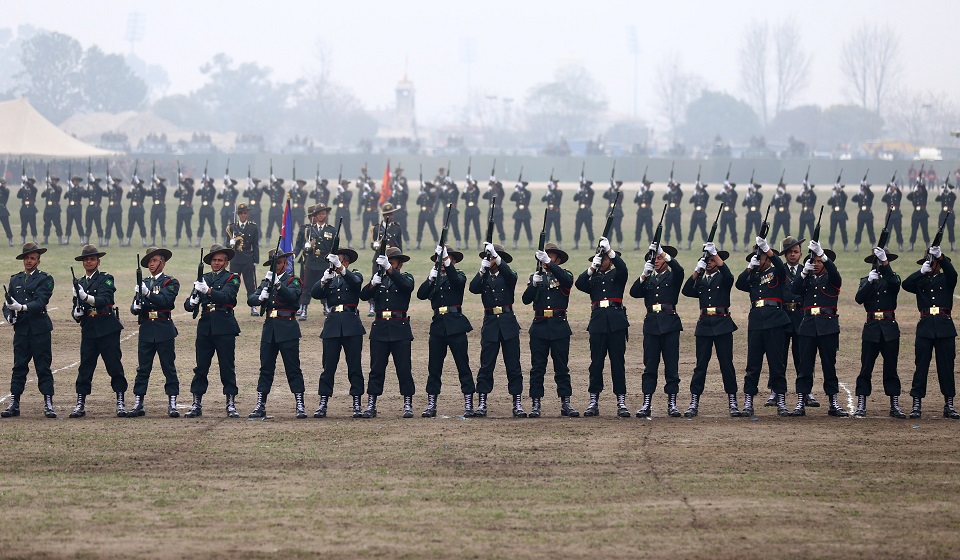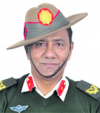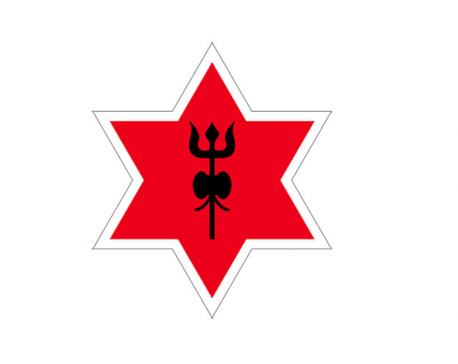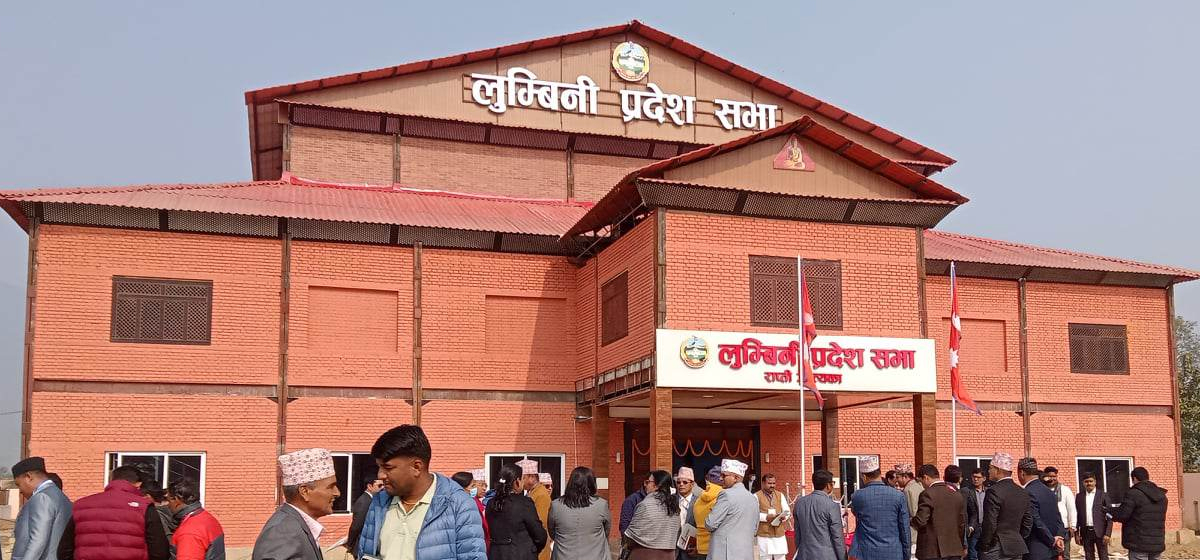
OR


Prem Singh Basnyat
Prem Singh Basnyat is a Brigadier General (Retired) of Nepal Army. PhD in military history, he has authored several books on military and political history of Nepal, besides being a visiting lecturer to universities in Nepal and abroad. He is also the Chairman of Nepal Museum Association.basnyatp@hotmail.com
Nepal-Israel ties further strengthened after Nepal started sending troops in the United Nations Peace Keeping Force in Lebanon.
Diplomatic relations between Nepal and Israel were established on June 1, 1960. Israel opened its embassy in Kathmandu in March, 1961 and Nepal opened its Consulate in Israel in 1993. Nepali Ambassador to Egypt was concurrently accredited to Israel until Nepal established her embassy in Tel Aviv on August 13, 2007. The bilateral relations, marked by mutual cooperation, goodwill, understanding and friendship have expanded in various developmental and cooperation areas. Nepal was the only country in the region until recent past to recognize Israel by maintaining continued diplomatic relations.
Prime Minister BP Koirala paid an official visit to Israel in 1960 and King Mahendra did so in September 1963, which was reciprocated by Israeli President Zalman Shazar’s official visit to Nepal in April, 1966 in order to watch the demonstration of Para Jumping in Kathmandu by the Israeli trained Nepali paratroopers. The Nepal-Israel ties further strengthened after Nepal started sending troops in the United Nations Peace Keeping Force in Lebanon (UNIFIL). Since then Nepal Army has been deployed in the Lebanon-Israel frontiers and Nepali soldiers have left good impressions with their valor and honesty.
Israel has also extended assistance for the development of Nepal Army. In 1965, it arranged Para Jump training, contributing to set up Airborne Troops. This stands out as an example of Special Forces Training of the NA. Airborne troops have contributed to the development of NA.
In August, 1965, Lieutenant Chiniya Bahadur Basnyat commanded a Para Jump training instructors’ team consisting four officers, similar number of Junior Commissioned Officers (JCOs) and seven Non-Commissioned Officers (NCOs) to take Para Basic Training and Para Instructor’s Training in Israel. Basnyat was the first para-jumper from Nepali training team in Israel and is the first para-jumper in Nepal as well. Israeli President Zalman Shajar had met the Nepal Army’s team in Israel after they completed the training.
While the first Instructors’ Team was taking training in Israel, a company of one hundred army men was sent there for Para Jump Basic Training under the command of Major Yadban ShumsherRana. After successful completion of the training, both the teams returned to Nepal on March 17, 1966. Three days after the return, a group of instructors’ team demonstrated a Para Jump in Tundikhel on the day of Ghode Jatra. The same day all ll5 army airborne troops received Nepali Para Wing from King Mahendra. Israeli President Zalman Shajar was also present on the occasion.
The Airborne Troops of Nepal Army for the first time in its history got to use the most efficient and effective IMI Galil Rifle. It was also used during the Maoist insurgency.
When it comes to development of Airborne Troops of Nepal Army, the role of Lieutenant Colonel Marshall Tubiya of Israeli Army should not be forgotten. He played a crucial role for the installation of Para Jump training center in the premises of Laxmi Nivas of Maharajgunj. The team of Lt Col Marshall had arrived in Nepal in September, 1965 and provided Para Jump training, Para Commando and Pathfinder trainings. They had given Para Jump training to Crown Prince Birendra and Royal Highness Dhiredra Shah as well.
The Airborne Troops was officially inducted in April, 1965 at Laxmi Niwas, which once belonged to Mohan Shumsher Rana. The Airborne troops were provided additional 30 percent allowances and double rations from the usual salary and perks. In course of time, it included both Para Battalion and Para Company, which later developed into Bhairav Nath Battalion, the first Para Commando-Special Forces of the NA. The Airborne Troops has now expanded to Brigade. Maybe it is a pleasant surprise to many that airborne troops had started recruiting women as paratroopers. One such female Para Jumper is Lieutenant Mrs Annapurna Kunwar. Brigadier General Chiniya Bahadur Basnyat was the first man to do that training in the NA history. Similarly, Major Prajjwal Basnet is the first to do Tandem Parachuting, who had his first jump with Captain Ujjwal Thapa.
Israel has contributed a lot for erecting other Special Forces sub units as well in Nepal Army. Many nations have extended help for the enhancement and training of NA. Israel is one of them. Israel helped the NA to set up Airborne Troops by providing Israeli officers for airborne training, equipment and parachutes and also set up airborne training school. The NA fondly recalls the contribution of Israel for all this.
The author, Brigadier General (Retd) of Nepal Army, had worked as Para-Commando at the Bhairab Nath Battalion for about a decade and half
You May Like This

Nepal Army tells its personnel in Iraq to take security precautions
KATHMANDU, Jan 9: Nepal Army (NA) has asked its personnel deployed under the United Nations Mission for Iraq (UNAMI) to... Read More...

Dozens including army brigadier general may face dismissal
KATHMANDU, Aug 12: As a part of his ongoing drive against the anomalies existing within the institution, Nepal Army (NA) chief... Read More...

62 including foreigners complete Army's Command and Staff Course
KATHMANDU, Feb 21: Chief of Army Staff Purna Chandra Thapa and Tribhuvan University Vice Chancellor Prof Dr Tirtha Raj Khaniya... Read More...



Just In
- Rautahat traders call for extended night market hours amid summer heat
- Resignation of JSP minister rejected in Lumbini province
- Russia warns NATO nuclear facilities in Poland could become military target
- 16th Five Year Plan: Govt unveils 40 goals for prosperity (with full list)
- SC hearing on fake Bhutanese refugees case involving ex-deputy PM Rayamajhi today
- Clash erupts between police and agitating locals in Dhanusha, nine tear gas shells fired
- Abducted Mishra rescued after eight hours, six arrested
- Forest fire destroys 13 houses in Khotang















Leave A Comment